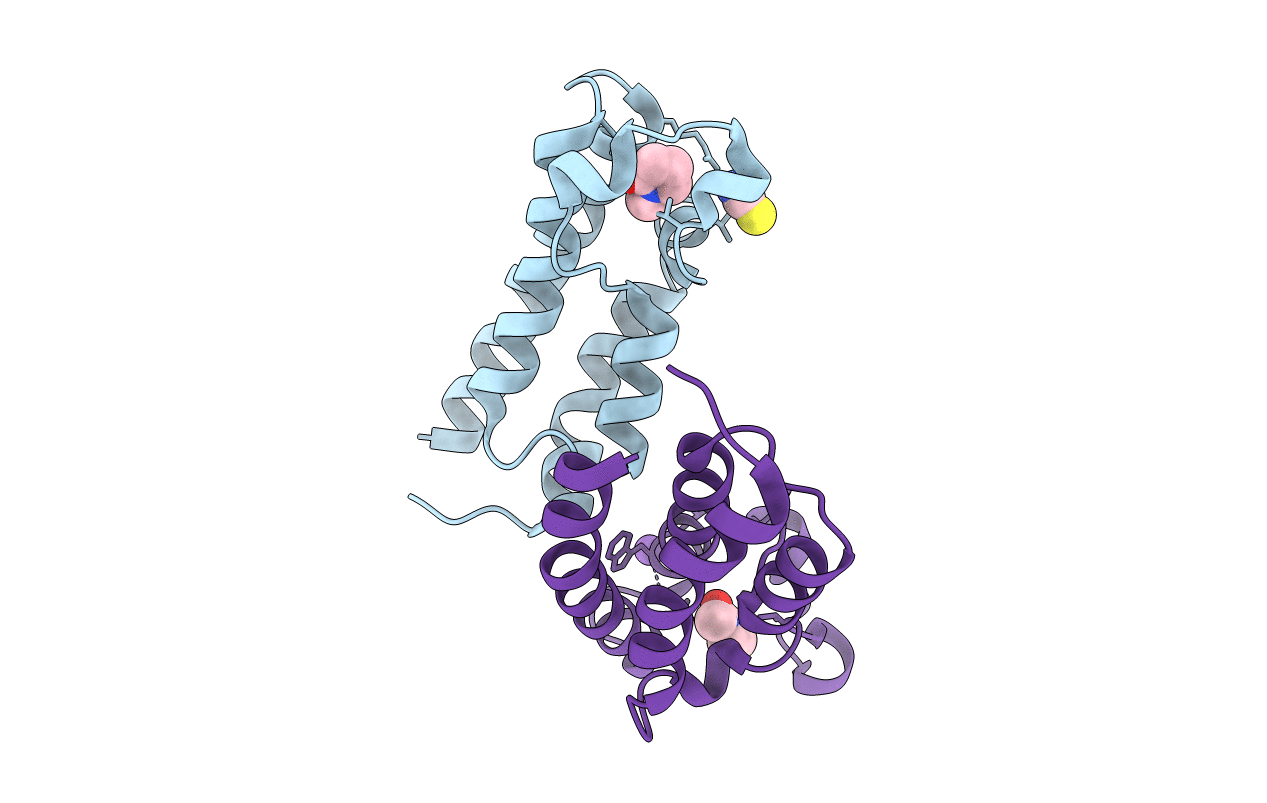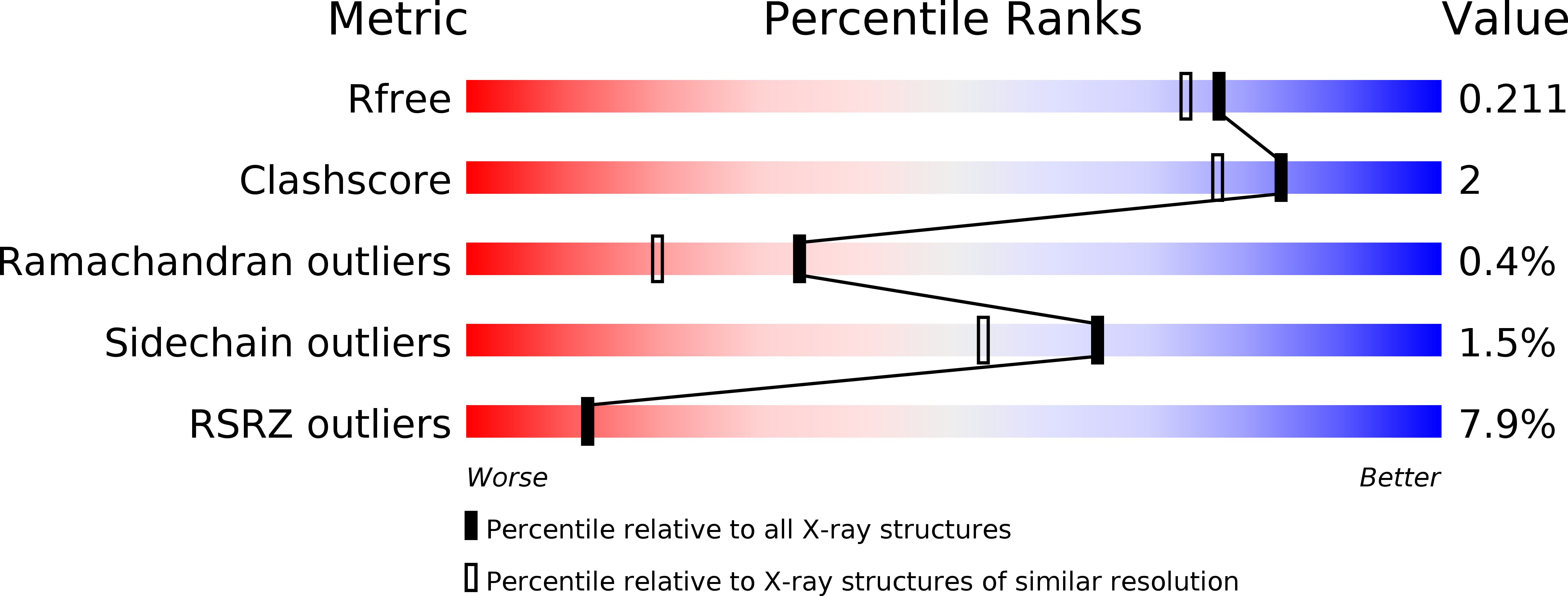
Deposition Date
2010-09-30
Release Date
2010-11-24
Last Version Date
2023-09-06
Entry Detail
PDB ID:
3P1D
Keywords:
Title:
Crystal structure of the bromodomain of human CREBBP in complex with N-Methyl-2-pyrrolidone (NMP)
Biological Source:
Source Organism:
Homo sapiens (Taxon ID: 9606)
Host Organism:
Method Details:
Experimental Method:
Resolution:
1.86 Å
R-Value Free:
0.21
R-Value Work:
0.16
R-Value Observed:
0.16
Space Group:
H 3


